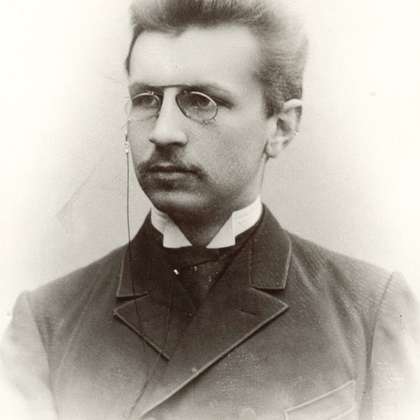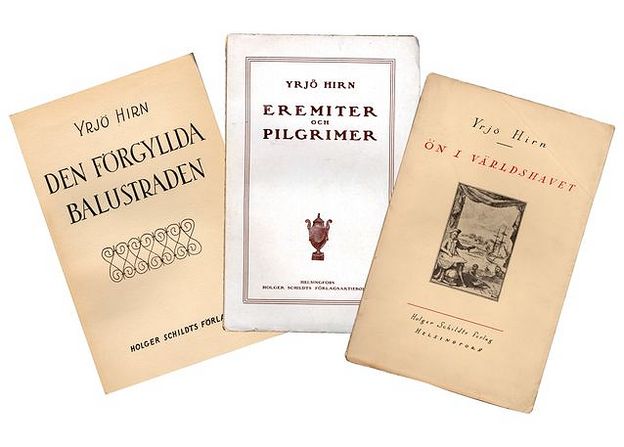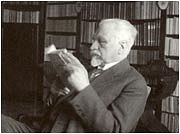Yrjö Hirn
Born 7 December, 1870, Lappeenranta. Died 23 February, 1952, Helsinki.
Master of Arts 1892 and Licentiate of Philosophy 1896, Imperial Alexander University
Professor of Aesthetics and Contemporary Literature 1910-37, University of Helsinki
Amanuensis 1894-1910, Library of Imperial Alexander University
Member of the Prometheus Society 1905-1914
Finnish delegate to the Paris Peace Conference 1919
Honours
White Rose of Finland, 2nd class, 1919
White Rose of Finland, 1st class, 1926
French Legion d’honneur, 1920
French Officier de l’Instruction publique, 1922
French l'ordre national de la Légion d'honneur, 1926
Honorary Doctor of Philosophy, University of Oslo, 1939
Swedish Academy, Gold medal, 1940
Photo: Museovirasto
Written by Riitta-Ilona Hurmerinta
Translated by John Calton




